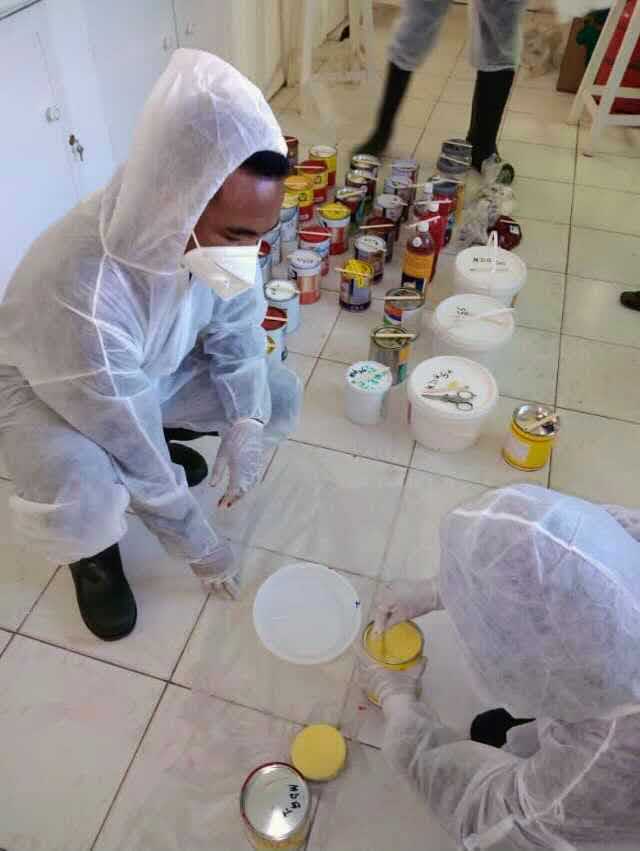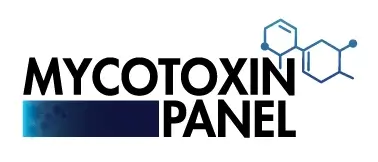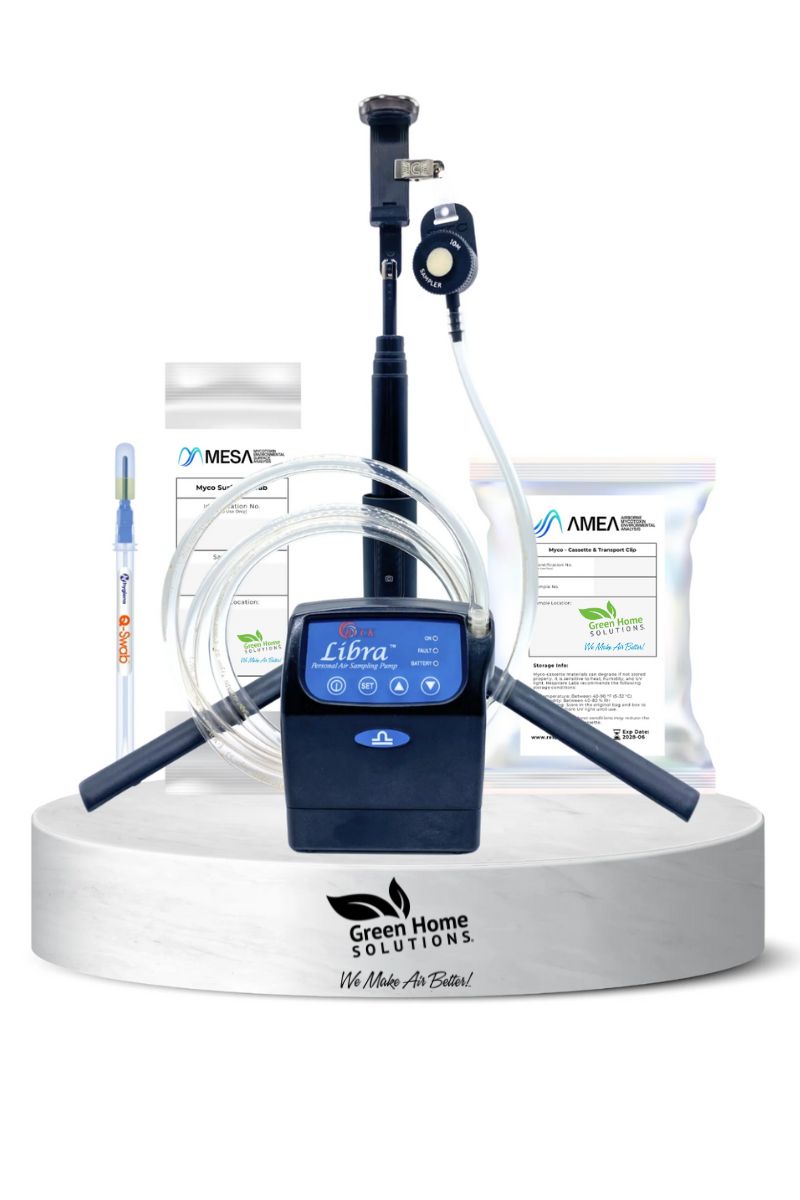Recognizing the Relevance of Reliable Mycotoxin testing Services
Recognizing the Relevance of Reliable Mycotoxin testing Services
Blog Article
Just How Mycotoxin Screening Helps Avoid Contamination and Protect Food Materials

Mycotoxin testing is an essential technique in the food industry, offering as a frontline protection versus contamination by damaging contaminants produced by molds. With the application of innovative techniques like High-Performance Liquid Chromatography (HPLC) and Liquid Chromatography-Mass Spectrometry (LC-MS), food manufacturers can accurately evaluate and spot mycotoxin levels in farming items.
Understanding Mycotoxins
Recognizing mycotoxins starts with identifying that they are harmful secondary metabolites produced by certain molds, which can infect farming items. These metabolites are not crucial for the development or recreation of the fungis however can have serious ramifications for human and animal health. Mycotoxins are commonly found in staple plants such as corn, wheat, barley, and nuts, where they can multiply under details problems of moisture and temperature.
There are several kinds of mycotoxins, each created by different fungal varieties. Fusarium types generate fumonisins and trichothecenes, both of which are connected with numerous intense and chronic wellness problems.

Threats of Mycotoxin Contamination
The threats of mycotoxin contamination are diverse, posturing considerable risks to both food security and public health. Mycotoxins, poisonous compounds produced by particular types of fungi, can contaminate a large range of farming products including grains, nuts, flavors, dried fruits, and coffee.
Economic effects are another significant problem. Polluted crops can cause significant monetary losses for farmers and food producers due to reduced yields and the need for costly purification steps. Additionally, international profession can be considerably hindered as nations impose strict mycotoxin laws to secure their populaces, resulting in declined shipments and stretched trade relationships.
Ecological factors such as climate modification intensify the threat of mycotoxin contamination. Variants in temperature level and moisture can develop favorable conditions for fungal growth, increasing the possibility of contamination events. Thus, understanding and reducing these dangers are vital for ensuring the safety and honesty of international food products.
Approaches of Mycotoxin Examining
Properly recognizing mycotoxin contamination in farming items is vital for securing public health and wellness and preserving food security requirements. Various techniques are employed to detect and quantify mycotoxins, each offering specific benefits and constraints.
High-Performance Fluid Chromatography (HPLC) is a commonly utilized method due to its high sensitivity and accuracy. It entails dividing mycotoxins from other substances in a sample, enabling exact metrology. Similarly, Liquid Chromatography-Mass Spectrometry (LC-MS) incorporates fluid chromatography with mass spectrometry to supply in-depth molecular details, making it specifically useful for identifying multiple mycotoxins simultaneously - Mycotoxin testing Services.

Gas Chromatography-Mass Spectrometry (GC-MS) and Thin-Layer Chromatography (TENDER LOVING CARE) are likewise used, each with one-of-a-kind applications. GC-MS is this website reliable for unpredictable mycotoxins, while tender loving care provides a simpler, cost-efficient choice for initial testing.
Benefits of Routine Evaluating
Regular testing for mycotoxins in farming items uses many benefits, substantially contributing to public health and wellness and food safety. By recognizing contamination early, normal screening assists avoid the distribution of poisonous foods, consequently lowering the danger of mycotoxin-related diseases among customers. This positive method not only safeguards human health yet likewise enhances the total high quality of food supplies.
Regular testing also sustains regulative conformity. Different countries and areas have established rigorous limitations for mycotoxin levels in food and feed. Following these restrictions with regular screening guarantees that manufacturers and distributors fulfill legal standards, therefore preventing fines and profession barriers. Additionally, maintaining conformity promotes customer count on and brand name track record, which are crucial for market success.
Additionally, routine mycotoxin testing can lead to considerable financial benefits. Early detection of contamination permits timely intervention, minimizing possible losses from prevalent contamination. Executing routine testing procedures can likewise lessen recall prices and relevant responsibilities, which can be monetarily ruining.
Furthermore, regular screening provides valuable information that can educate far better farming techniques and storage conditions. By understanding patterns of find out here contamination, producers can adopt safety nets, thereby adding and minimizing future dangers to the sustainability of the food supply chain.
Executing Evaluating Procedures
Executing effective mycotoxin screening methods is vital for making certain the safety and security and high quality of agricultural products. Developing a durable testing structure includes multiple essential actions, beginning with the identification of potential contamination factors within the production and supply chain. This consists of pre-harvest, post-harvest, storage space, and distribution stages. Each stage must be looked at to identify where mycotoxin contamination is most likely to take place.
As soon as vital control factors are determined, selecting ideal testing approaches is vital. Common methods consist of enzyme-linked immunosorbent assay (ELISA), high-performance liquid chromatography (HPLC), and mass spectrometry (MS) Each approach has its strengths and weak points; thus, selecting the proper one depends upon the details mycotoxin being evaluated, the called for sensitivity, and readily available resources.

Finally, integrating the why not look here screening protocols right into an extensive food safety and security administration system is advisable. This boosts traceability and enables speedy restorative activities when contamination is identified, thus safeguarding the honesty of the food supply chain.
Final Thought
Mycotoxin testing is necessary in avoiding contamination and guarding food products by enabling very early discovery of damaging contaminants created by mold and mildews in farming items. Advanced approaches such as HPLC and LC-MS guarantee conformity with safety guidelines and protect consumers from health and wellness threats. Regular testing enhances brand name track record, economic stability, and count on food safety and security by reducing contamination-related losses and keeping high criteria in food production. Carrying out strenuous screening protocols is therefore imperative for the industry's general wellness.
Mycotoxin testing is an essential practice in the food industry, serving as a frontline defense versus contamination by unsafe toxins produced by mold and mildews. An incorporated technique including agricultural practices, storage management, and regular testing can mitigate the threats linked with mycotoxin contamination, making sure food safety and security and public health and wellness.
The dangers of mycotoxin contamination are diverse, positioning significant threats to both food safety and public health.Normal screening for mycotoxins in farming products offers countless advantages, substantially adding to public health and wellness and food safety.Mycotoxin testing is essential in preventing contamination and safeguarding food products by making it possible for very early detection of damaging toxic substances created by mold and mildews in agricultural items.
Report this page